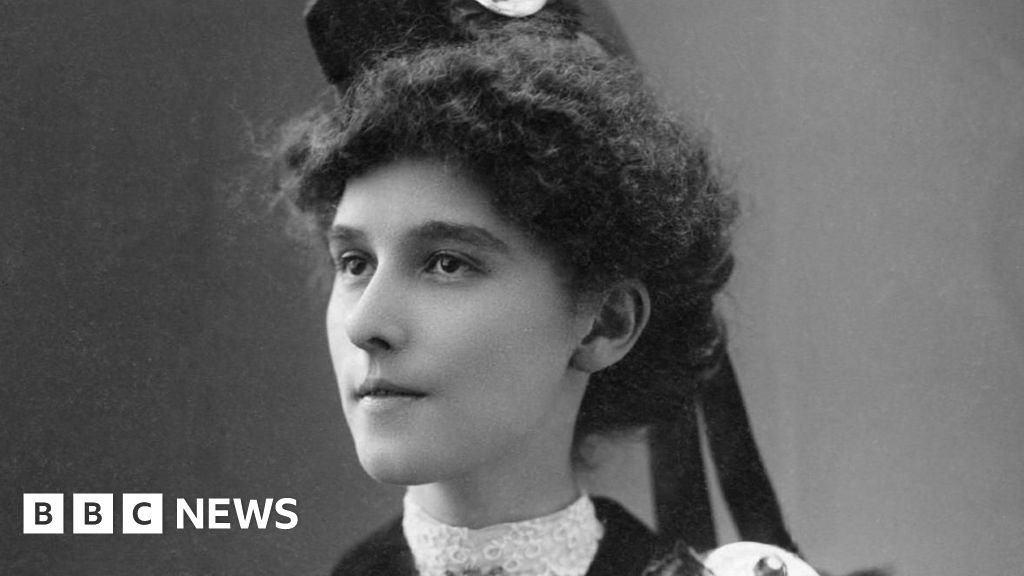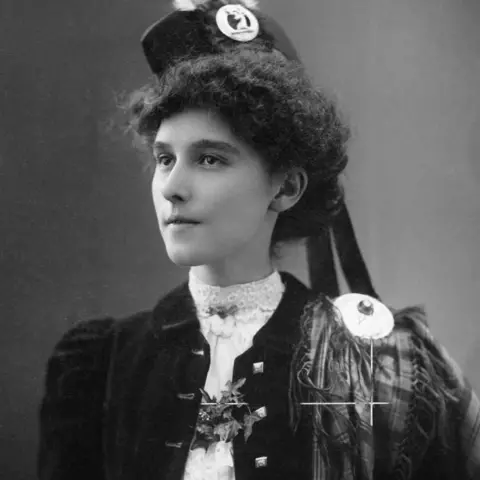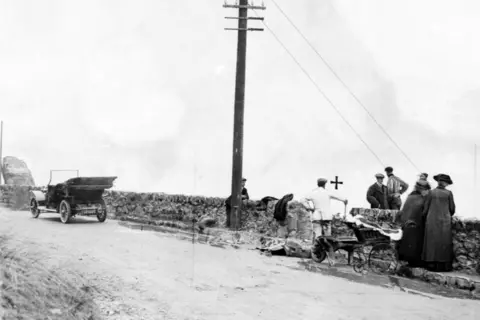Football
The fake heiress who was obsessed with Scotland

 Getty Images
Getty ImagesA new BBC Sounds series, Lady Swindlers with Lucy Worsley, examines the story of an English-born fraudster who was obsessed with Scotland.
A car crashes at a dangerous bend on a clifftop road in Conwy on a moonlit night in January 1909.
The vehicle’s two passengers are unhurt, but the driver – Violet Charlesworth – is missing, apparently thrown from her seat into the sea below.
The only signs of Violet are found on rocks – her Tam o’ Shanter hat and a notebook recording road trips she had made to places including Sheffield and Edinburgh.
 Getty Images
Getty ImagesInitially there was sadness at her death, it coming just days before her 25th birthday.
Series host, historian Lucy Worsley, says: “But there were questions.
“Where was the body? There was something funny here.”
Lucy adds: “Of course she had survived.
“She had crashed her own car and the reason she had done this was because she had been living the life of a fake heiress.”
 Getty Images
Getty ImagesIn the days following the crash it emerged that Violet owed her stockbroker £1m, had borrowed thousands of pounds from her ex-fiancé and hundreds from a widowed neighbour.
She had conned people into believing she would inherit huge sums of money on her 25th birthday, and that they would be richly rewarded for giving her loans.
The ill-gotten gains had been used to fund her and her family’s lavish lifestyle.
They owned a country house in Wales, stayed in expensive hotels and Violet wore diamonds, furs and had a passion for fast cars.
And then there was Violet’s obsession with Scotland.
According to Lady Swindlers’ in-house historian, Prof Rosalind Crone, she had been renting a country house near Inverness.
The property was decked out in tartan and Violet bought bagpipes and wore Highland dress.
She owned an auto-piano – an autonomous musical instrument – and it played Scottish music on repeat.
Prof Crone says this had all played a part in Violet’s carefully constructed image to appear wealthy.
 Robert Shiret
Robert ShiretAfter the crash, Violet’s family barricaded themselves inside their home for weeks until police carried out a night-time raid.
Meanwhile, the hunt for Violet turned to Scotland and suspicions fell on a woman calling herself Margaret MacLeod.
She had left a hotel on Mull in Argyll without paying, even cutting out her name from the guest book before leaving.
A telegram addressed to Violet was found in her room.
Newspaper reporters caught up with Margaret in Oban. She denied she was the fugitive fraudster.
Excitement was building across the country, with people across Scotland buying four or five papers at a time to get the latest about “Violet on the run”.
 Getty Images
Getty ImagesViolet had a change of heart and decided to cash in. She sold her story to a newspaper, causing a sensation.
She was offered a deal – and starring role – in a silent film about her exploits.
Scottish crime writer and podcast guest, Denise Mina, suggests Violet may have hoped celebrity status could keep justice at bay.
The following year, however, Violet and her mother were found guilty of swindling Violet’s ex-lover and their widowed neighbour. They were jailed for three years.
Violet was released on licence in 1912, returned to Scotland and vanished.
Denise says: “I think she’s amazing and I think quite sinister.
“I mean, three years isn’t a lot for that amount of money when you think about the damage that did.”
Lucy adds: “I wouldn’t be at all surprised if we were to discover one day that she went on to live a long and outrageous life as somebody else altogether – somebody Scottish.”













